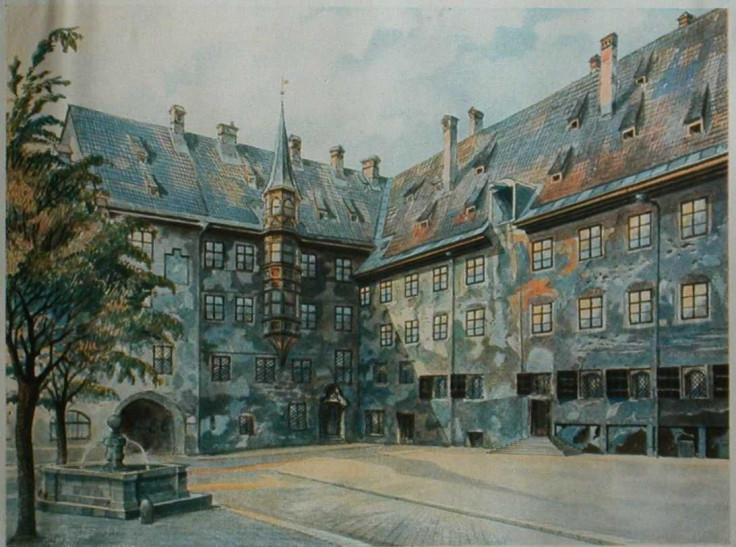Hitler Paintings Sold At Controversial German Art Auction, Sales Total $450,000

A collection of watercolor paintings made by Adolf Hitler fetched $450,000 dollars at a German auction over the weekend and saw the highest price paid for one of the Nazi leader’s paintings to date, according to the Independent. The most expensive painting, which sold for about $113,000, depicted the famed Neuschwanstein Castle in Bavaria, Germany, a 19th-century palace that was the inspiration for Disneyland’s Sleeping Beauty Castle. It was signed “A. Hitler” and was dated 1910.
The painting reportedly went to a buyer in China after a bidding war between Brazilian, Chinese, French, German and United Arab Emirates bidders. "These collectors are not specialised in works by this particular painter but rather have a general interest in high-value art," auctioneer Kathrin Weidler told the DPA news agency, according to the Agence France-Presse. Other Hitler paintings sold at the auction in Nuremberg, Germany, included a still life of flowers and views of buildings in Vienna and Prague.
The sales from the works totaled about $450,000. They were all made between 1904-1922 when Hitler was trying to become a professional artist.
Hitler produced hundreds of paintings before World War II -- most of which depicted architecture, including public places, castles and farmhouses. Art experts have frequently criticized the works as banal and low quality. Hitler rarely depicted people, which many critics have said demonstrated his lack of skill.
The auctioning of Hitler’s paintings hasn’t been without controversy. Germany does not bar the sale of Hitler’s works unless they depict Nazi symbols. However, the auctions have sparked frequent debates about the morality of selling paintings made by the Nazi dictator. Many in Germany don’t want to be thought of as profiting from the paintings, which is -- in part -- why the Bavarian state archive accepts them as donations but does not pay for the works in its collection, according to the Guardian.
The auction house previously has defended the auctions, saying the works represent “historical documents."
© Copyright IBTimes 2024. All rights reserved.












